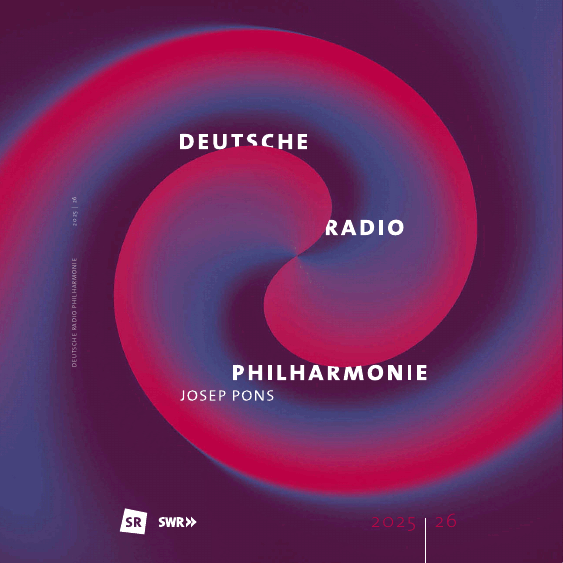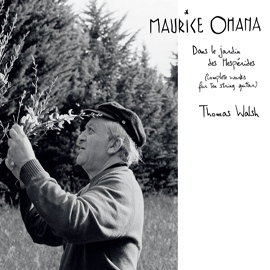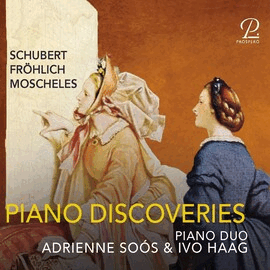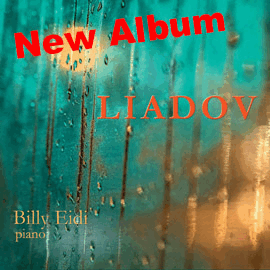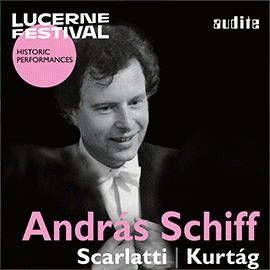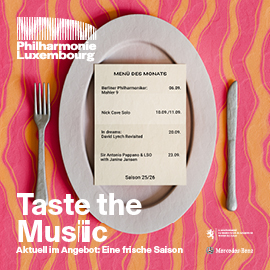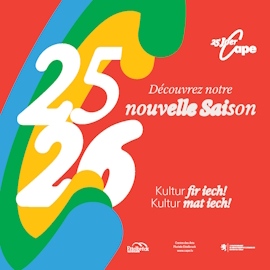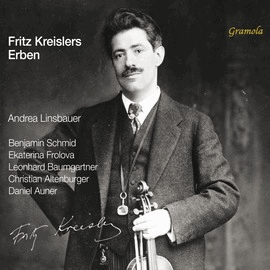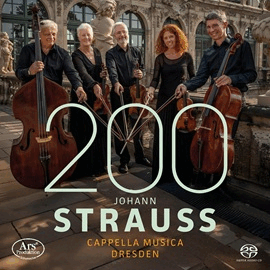So kann der Tombeau de Couperin also auch klingen: geheimnisvoll, verführerisch, elegant und farbensprühend, in einem Wort: berauschend. Auch die Interpretation von Ma mère l’oye ist phänomenal, spannungsvoll, schillernd evokativ und mit einer atemberaubenden Farbenvielfalt – ein wahres Lehrstück fir orchestrale Transparenz und rhythmische Flexibilität.
Das erste der drei Alben schließt mit einer sensuellen Aufführung von La Valse, in der Macelaru ein seltsam geheimnisvolles Klima schafft, mit ganz aparten Lichteffekten, prägnanten Akzenten und Momenten lustvoller Sexualität.
Die Barque sur l’océan schaukelt sanft, bis sich das Grollen des nahenden Unwetters unheimlich und fast furchterregend aufbaut, ehe die Ruhe nach dem Sturm sich faszinierend entwickelt.
Nach einer berührenden Pavane folgen eine tänzerische Aubade und eine exzeptionelle Rapsodie espagnole, mit dem wunderbar gespielten Prélude à la nuit, einer schwelgerisch-sensuellen Malagueña, einer betörenden Habanera, und einer explosiven Feria.
Mit einem im Tempo gemäßigten, sehr transparenten und sich logisch entwickelnden Boléro beschießt Macelaru das 2. Album.
Das dritte ist dem gesamten Ballett Daphnis et Chloé gewidmet. Die Atmosphäre ist geheimnisvoll und ungemein evokativ. Es ist eine der stimmungsvollsten Interpretationen, die ich kenne, mit aufregenden Klangwirkungen. Mit welcher Sorgfalt Macelaru seine Interpretation vorbereitet hat und wie spontan er diese Vorbereitung auf dem Podium umsetzt, zeigen u.a. die Danse grotesque de Dorcon, die kurze Danse lente et mystérieuse des nymphes oder die Danse suppliante, also Stücke, die in vielen Interpretation quasi nebensächlich werden und dadurch eigentlich den Rückgriff auf die Suiten rechtfertigen. Hier zeigt der rumänische Dirigent, wie wichtig gerade die kleinen Teile des Balletts sind, die nicht in den Suiten enthalten sind, und wenn die Vehemenz der Danse générale uns schließlich überwältigt, dann haben wir doch den Eindruck, mehr von Daphnis et Chloé gehört zu haben als in vielen anderen Aufnahmen. Das haben Macelaru und das glänzend disponierte Orchestre National de France in ihrer rauschhaften Interpretationen grandios gezeigt.
Hier, wie in allen anderen Werken dieser Kollektion verbindet Macelaru analytische Klarheit der Texturen und der Artikulation, Transparenz der Klangebenen und der architektonischen Logik mit einer weitgespannten Skala von Stimmungen.
Now, the Tombeau de Couperin can also sound like this: mysterious, seductive, elegant and colorful, in a word: intoxicating. Macelaru’s interpretation of Ma mère l’oye is also phenomenal, full of tension, dazzlingly evocative and with a breathtaking variety of colors – a true lesson in orchestral transparency and rhythmic flexibility.
The first of the three albums closes with a sensual performance of La Valse, in which Macelaru creates a strangely mysterious atmosphere with very distinctive lighting effects, striking accents and moments of lustful sexuality.
Barque sur l’océan rocks gently until the rumbling of the approaching storm builds up eerily and almost frighteningly, before the calm after the storm develops in a fascinating way.
A touching Pavane is followed by a dance-like Aubade and an exceptional Rapsodie espagnole, with the wonderfully played Prélude à la nuit, a voluptuously sensual Malagueña, a beguiling Habanera and an explosive Feria.
Macelaru closes the second album with a Boléro that is moderate in tempo, very transparent and develops logically.
The third is dedicated to the entire ballet Daphnis et Chloé. The atmosphere is mysterious and incredibly evocative. It is one of the most atmospheric interpretations I know, with exciting sound effects.
The care with which Macelaru has prepared his interpretation and how spontaneously he implements this preparation on the podium can be heard in the Danse grotesque de Dorcon, the short Danse lente et mystérieuse des nymphes or the Danse suppliante, pieces that are virtually secondary in many interpretations and therefore actually justify the recourse to the suites. Here, the Romanian conductor shows how important the small parts of the ballet that are not included in the suites are, and when the vehemence of the Danse générale finally overwhelms us, we have the impression of having heard more of Daphnis et Chloé than in many other recordings. Macelaru and the brilliantly orchestrated Orchestre National de France demonstrated this magnificently in their intoxicating interpretations.
Here, as in all the other works in this collection, Macelaru combines analytical clarity of textures and articulation, transparency of sound levels and architectural logic with a wide range of moods.



